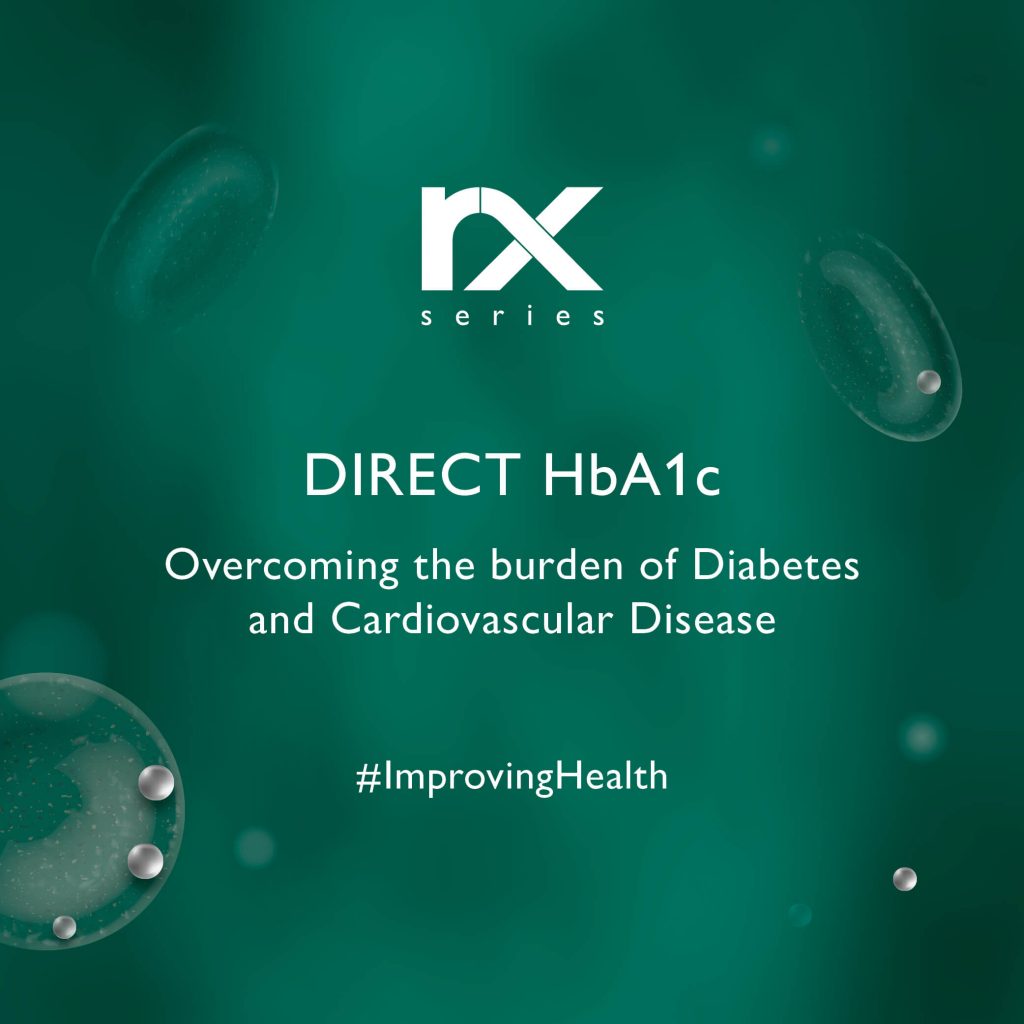Overcoming the burden of Diabetes and Cardiovascular Disease

The Prevalence
Cardiovascular disease (CVD) is the number one cause of death globally with more people dying annually from CVD than any other disease state. In 2018, according to the American Heart Association, CVD accounted for nearly 836,546 deaths in the USA (1) with over 17 million known deaths recorded worldwide. It is also proclaimed that around 1.5 million people globally die each year because of diabetes and diabetes related complications. (2) Is there a common link? Can this issue be controlled?
Studies have suggested that diabetes is one of the leading related conditions associated with increased risk of CVD death. A recent study undertaken in 2018 examined the association of many risk factors associated with CVD, the study was broken down by disease state with over 17,000 participants involved. The findings highlighted that 17.9% of these patients suffered from diabetes mellitus and death from a cardiovascular event. (3) Many other pilot and research studies discovered similar findings considering further risk factors such as high blood pressure, abnormal cholesterol and high triglycerides, obesity, lack of exercise and lifestyle choices such as smoking, alcohol and drug abuse. All of which are common with patients who suffer from diabetes, placing them at an increased risk of CVD.
Findings highlighted that over 68% of people aged over 65 living with diabetes die from some form of heart disease with 16% of individuals dying from an ischemic stroke. (4) The ability to tackle the prevalence of increased death from CVD and diagnosis of diabetes has become a global burden with the international diabetes federation projecting that 592 million people worldwide will have diabetes by 2035. (5)
Worldwide, the increase of diabetes is becoming an economic burden on the patient and healthcare systems mainly due to the direct costs of medical care and the indirect costs of moderated productivity, tied to diabetes and CVD related morbidity and mortality. Many scholars have highlighted economic burden as a primary attribute to both macrovascular and microvascular complications such as coronary artery disease, myocardial infarction, hypertension, peripheral vascular disease, retinopathy, end-stage renal disease and neuropathy. (6)

Overcoming the Burden
As CVD is the most prevalent cause of mortality and morbidity in patients with diabetes, effective treatment and analysis is required to control and decrease the number of CVD deaths across the globe. Tackling this issue head on, the Randox RX series introduce Direct HbA1c which refers to glycated haemoglobin which is a product of haemoglobin (a protein which can be found in red blood cells) and glucose from the blood making it glycated.
Testing for HbA1c provides an indication of what an individual’s average blood sugar level has been over recent weeks/months and is generally considered as an indicator of how well the patient is managing and controlling their diabetes. This is significant for those who suffer from diabetes because the higher the levels of HbA1c, the higher the chance of an individual suffering from further diabetes related issues, therefore testing for HbA1c improves the predictions of a CVD event occurring.
The Randox RX series have Direct HbA1c testing capabilities on the RX Daytona +, RX imola and RX modena. Our latex enhanced immunoturbidimetric method which the RX series utilises makes the test simple and quick to perform. The removal of the pre-dilution step removes the risk of human error compromising your results without the need for a separate HbA1c analyser.
Offering the world’s largest test menu, the RX series has an extensive range of cardiac, diabetes and lipid tests with excellent correlation to gold standard methodologies designed to allow laboratories to expand their testing capabilities onto one single platform, providing cost savings through consolidation.
References:
- American Heart Association. (2018). Heart Disease and Stroke Statistics 2018 At-a-Glance.Available: https://www.heart.org/-/media/data-import/downloadables/heart-disease-and-stroke-statistics-2018—at-a-glance-ucm_498848.pdf. Last accessed 7th Feb 2019.
- World Heart Federation. (2017). Cardiovascular diseases (CVDs) – Global facts and figures.Available: https://www.world-heart-federation.org/resources/cardiovascular-diseases-cvds-global-facts-figures/. Last accessed 7th Feb 2019.
- Gomadam, P et al, (2018). Blood pressure indices and cardiovascular disease mortality in persons with or without diabetes mellitus. Journal of Hypertension. 36 (1), 1-5.
- Heart attack and stroke symptoms. (2018). Cardiovascular Disease and Diabetes.Available: https://www.heart.org/en/health-topics/diabetes/why-diabetes-matters/cardiovascular-disease–diabetes. Last accessed 7th Feb 2019.
- Aguiree F, Brown A, Cho NH, Dahlquist G, Dodd S, Dunning T, Hirst M, Hwang C, Magliano D, Patterson C. (2013) IDF Diabetes Atlas.
- Bahia LR, Araujo DV, Schaan BD, Dib SA, Negrato CA, Leão MP, Ramos AJ, Forti AC, Gomes MB, Foss MC, Monteiro RA, Sartorelli D, Franco LJ, Value Health. (2011), 137-40.
